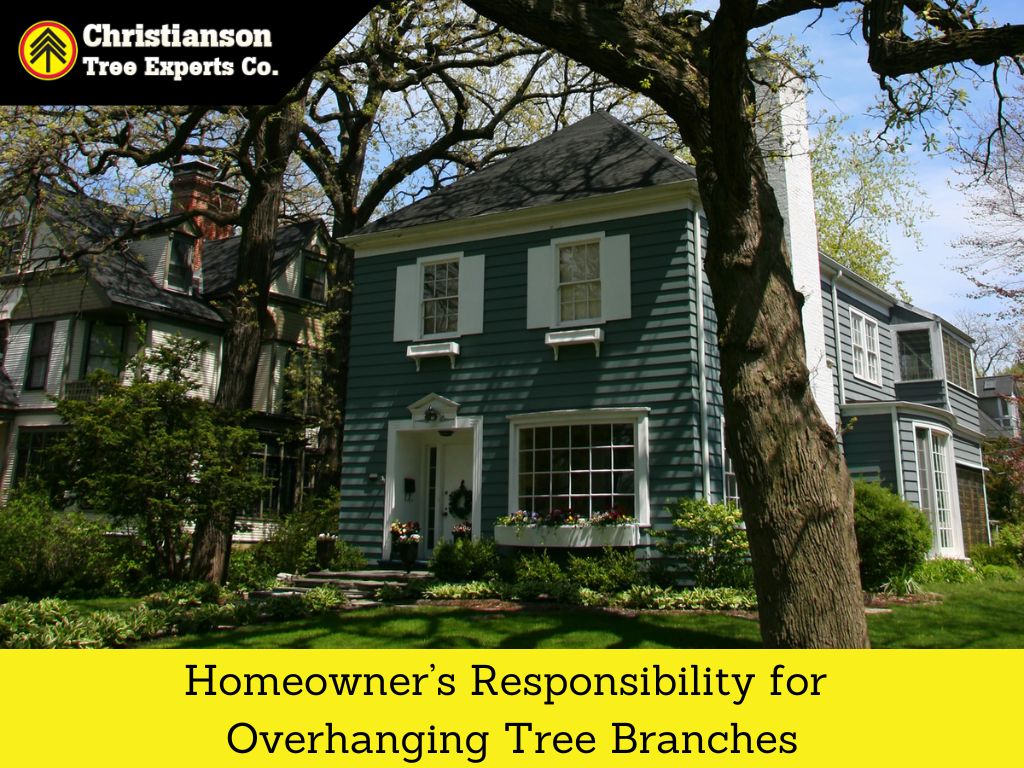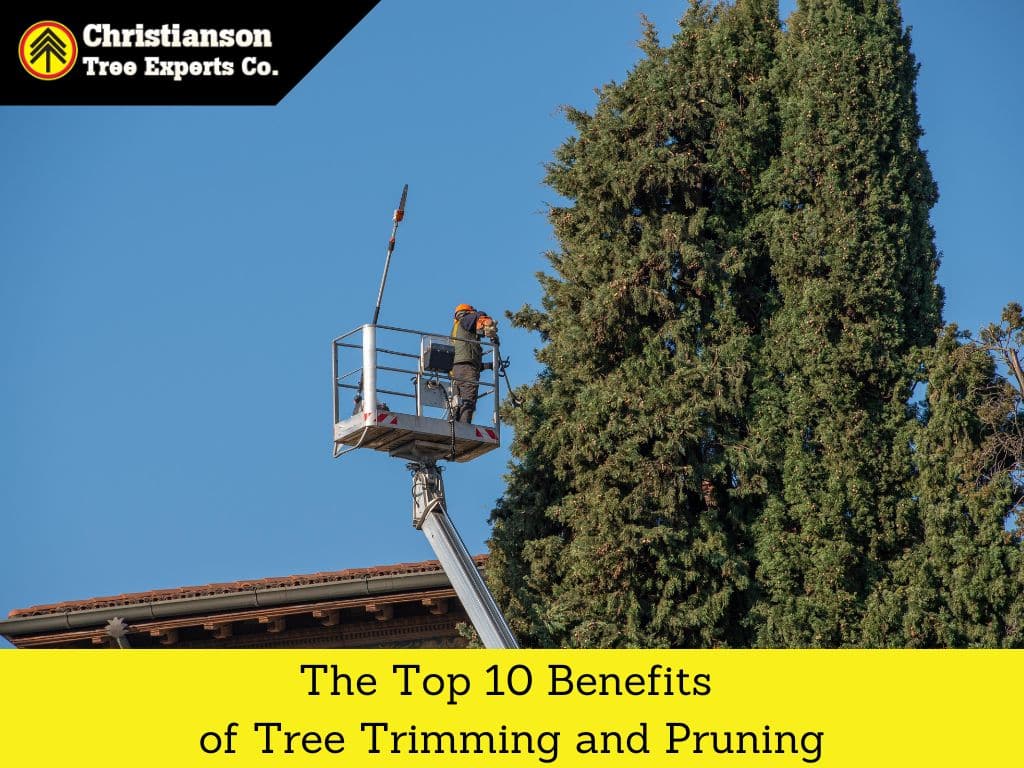10 Tree Maintenance Tips Every Homeowner’s Need to Know
Share this Article

Trees add beauty and value to any home. Think about it – a property with well-maintained, mature trees always looks and feels more inviting than a barren one. In addition to enhancing curb appeal, trees provide shade, oxygen production, noise reduction, and many other benefits.
However, like any other living thing, trees require proper care and maintenance to thrive. Neglecting your trees can not only diminish their aesthetic appeal but also pose a safety hazard to your property. To help you keep your trees healthy and beautiful, here are ten essential tree maintenance tips that every homeowner should know.
1. Know Your Trees
The first and most important step in tree maintenance is knowing the type of trees you have in your yard. Different species have different needs and require specific tree care techniques.
Some may be more susceptible to certain diseases or insect infestations, while others may have shallow roots that make them vulnerable to toppling over in strong winds. By understanding your trees’ characteristics, you’ll be better equipped to provide them with proper care and prevent potential issues.
To identify the types of trees on your property, consult a local arborist or use online resources for tree identification. Once you know what type of trees you have, research their specific care requirements and create a maintenance plan accordingly.
2. Water Wisely
Proper watering is crucial for the health and growth of trees. Newly planted trees require watering once a day for the first few weeks. Mature trees, on the other hand, usually need 10 gallons of water per inch of trunk diameter – once a month or so during dry spells.
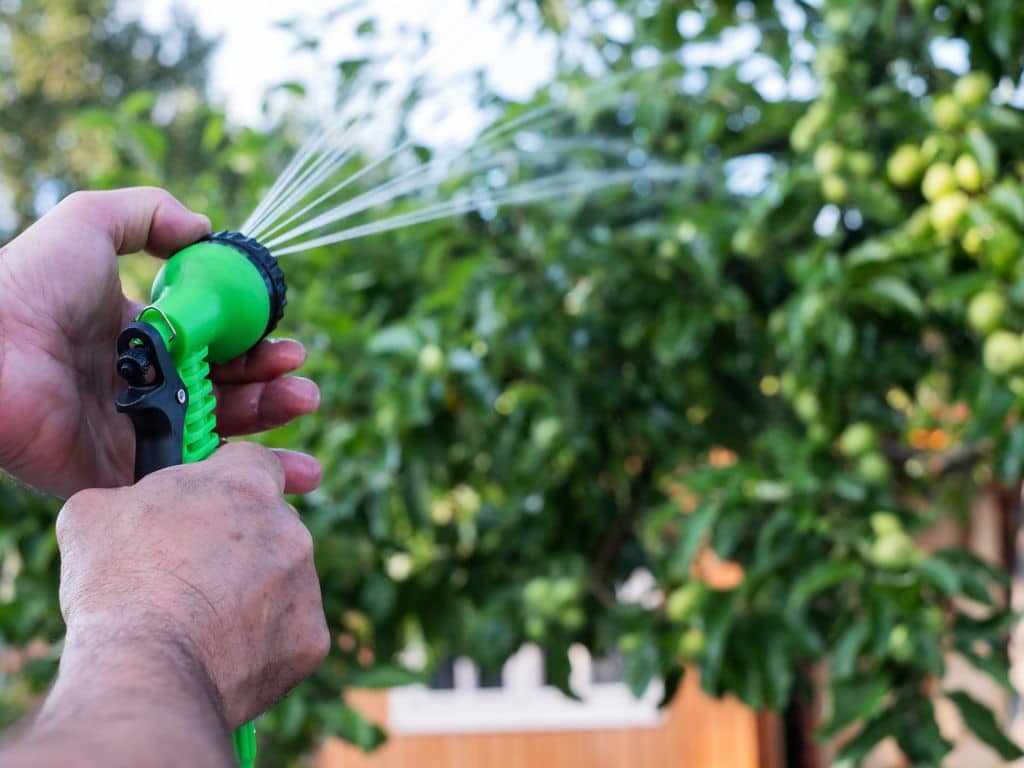
It’s important to note that overwatering can be just as harmful as not providing enough water. Too much moisture in the soil can lead to root rot and other fungal diseases. To ensure your trees are getting the right amount of water, consider using a drip irrigation system. This method slowly delivers water directly to the tree roots, minimizing water waste and reducing the risk of disease.
Another factor to consider is the time of day you water your trees. The best time to water is early in the morning or late in the evening when temperatures are cooler. This allows for maximum absorption and minimizes evaporation. Additionally, if it has rained recently, you may need to adjust your watering schedule, as trees may not require as much water.
3. Manage Soil Conditions
Another important tree care task is managing soil conditions. A healthy tree requires well-draining soil with a good balance of nutrients to thrive. If your soil is too compacted, water and air may not be able to reach the tree root effectively, leading to stunted growth or even tree death.
One way to improve soil compaction is by aerating it. This involves creating small holes in the soil to allow for better air and water penetration to the root systems. Aeration can be done manually, or you can hire a professional to use specialized equipment for larger areas. It’s recommended to aerate your soil at least once a year.
Other methods of improving soil conditions include adding compost or organic matter to the soil – which can provide essential nutrients and improve drainage. You can also perform soil tests to determine your soil’s pH and nutrient levels. Based on the results, you can add specific fertilizers or supplements to ensure your trees are getting the proper nutrients they need.
4. Control Pests and Diseases
Trees are susceptible to pests and diseases that can harm their health and lead to potential death. As a responsible tree owner, monitoring your trees regularly for signs of pest infestation or disease development is crucial.
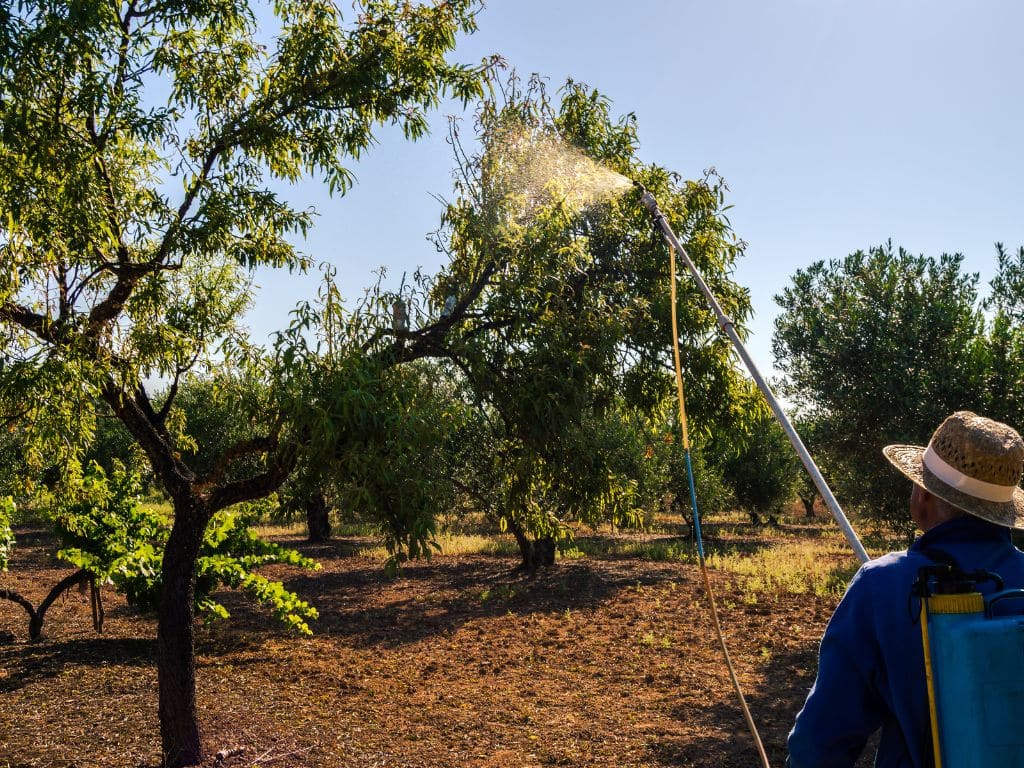
Pests such as insects, mites, and rodents can cause damage by feeding on tree leaves or bark, transmitting harmful viruses or bacteria, and disrupting the overall ecosystem of your tree. Diseases can also weaken tree health by causing leaf spots, premature defoliation, decay, or even diseased branches.
To effectively control pests and diseases, it is essential to identify the specific type of pest or disease that is affecting your trees. This is best done by consulting with a professional arborist. They have the expertise and knowledge to identify and diagnose any issues with your trees. Once the problem has been identified, appropriate measures can be taken to control or eliminate it.
5. Protect Against Extreme Weather
Trees are exposed to a variety of weather conditions, and some can be extremely damaging to their health. For example, strong winds can cause structural damage to trees, resulting in broken branches or even uprooting. Heavy rainfall can also lead to waterlogging and root rot, which affects the tree’s ability to absorb nutrients and moisture from the soil. Additionally, extreme temperatures, both hot and cold, can cause stress to trees and make them more susceptible to pest infestations and diseases.
Of course, it is impossible to control the weather, but there are steps you can take to protect your trees from its damaging effects. Regular tree maintenance, such as pruning weak or dead branches and removing any debris, can help reduce the risk of damage from strong winds. Mulching around the base of trees can also improve soil drainage and prevent waterlogging. In periods of extreme heat or cold, providing extra watering or shade can help alleviate stress on trees.
A professional tree maintenance service can help you assess your trees’ vulnerability to extreme weather and provide guidance on how to protect them.
6. Remove Invasive Plants
Invasive plants are not only a nuisance, but they can also harm the health of your trees. These plants often outcompete native species for resources, such as sunlight, water, and nutrients. As a result, they can weaken the trees and make them more susceptible to dead wood and diseases.
Some invasive plants, such as ivy, can grow up trees and suffocate them, preventing proper air circulation. This can lead to fungal growth and rot, further damaging the tree’s health. Regularly removing these invasive plants from your property can help maintain a healthier environment in which your trees can thrive.
7. Prune Your Trees
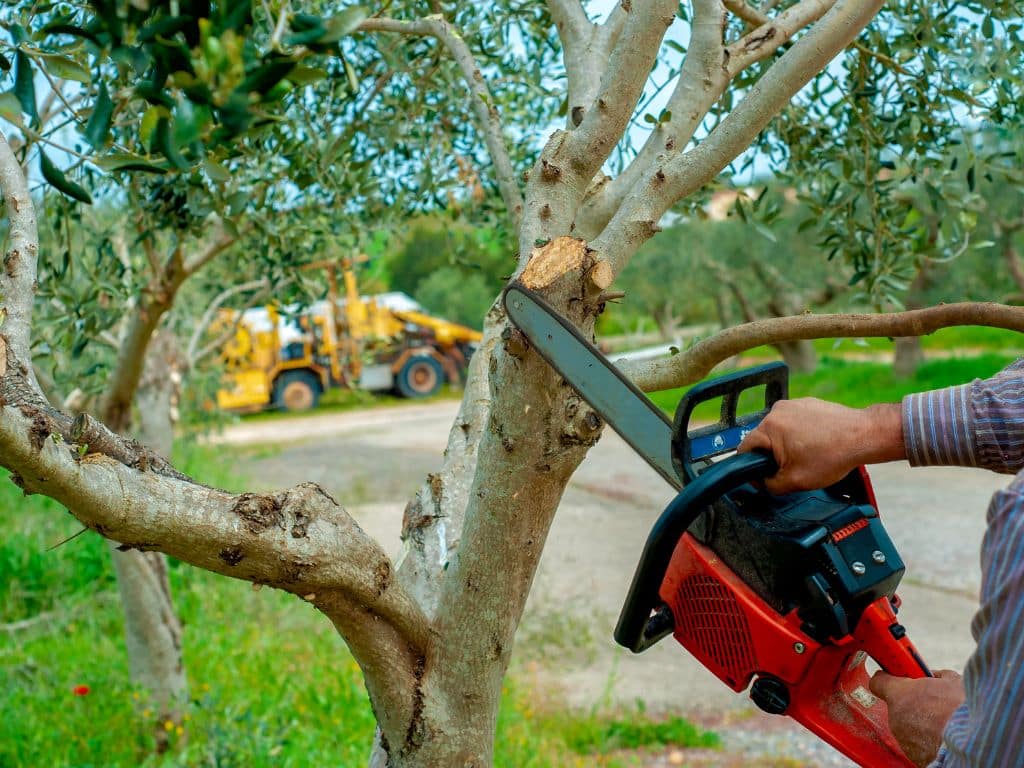
Pruning is one of the most crucial tasks in tree maintenance. It involves selectively removing dead, diseased, or damaged tree branches to promote healthy growth and maintain a desirable shape. Regular pruning also helps prevent potential hazards, such as weak branches that could fall and cause damage.
When pruning, it’s essential to use proper tree care tools and techniques to avoid causing any harm. It’s recommended to hire a professional arborist for this task, as they have the necessary training and equipment to do it safely and effectively.
Besides promoting tree health, pruning can also enhance the aesthetic appeal of your trees by shaping them according to your preference. This is especially important for fruit trees, as proper pruning can improve their fruit production.
8. Remove Dead Trees and Branches
Sometimes, no matter how much effort we put into caring for our trees, they may still die. Dead trees and branches can pose a threat to your property and the safety of those around you. It is crucial to regularly inspect your trees for any signs of dead or decaying branches and remove them as soon as possible.
Dead branches can easily break off during strong winds or heavy rain, causing damage to nearby structures or injuring people. Dead trees can also topple over unexpectedly, especially when their roots have rotted away. By removing dead trees and branches, you not only eliminate potential hazards but also promote the overall health of your other trees by preventing the spread of diseases.
Proper tree maintenance techniques should be used when removing dead branches or trees to ensure the safety of everyone involved. It is recommended that you hire a professional tree removal service for this task.
9. Trim Overhanging Branches
Overhanging tree branches can cause a lot of problems if they are not properly maintained. They can obstruct power lines, interfere with buildings and structures, and even block sunlight from reaching your yard or garden. Regularly trimming overhanging branches can help prevent these issues and keep your trees healthy.
Trimming can also improve the aesthetics of your property by maintaining a neat and tidy appearance. It allows for better air circulation and sunlight penetration through the tree canopy, which is essential for the growth and development of your trees. Furthermore, removing dead or damaged branches through trimming can promote new growth and help prevent diseases from spreading to other parts of the tree.
10. Hire a Professional Service
The best way to ensure proper tree maintenance is to hire a professional tree care service. These professionals are trained and experienced in tree trimming, pruning, and removal. They have the necessary equipment to safely and efficiently handle any tree-related task.
Moreover, professional tree care services can also provide valuable advice on how to care for your trees properly. This includes identifying potential hazards, detecting early signs of diseases or pest infestations, and recommending proper maintenance techniques.
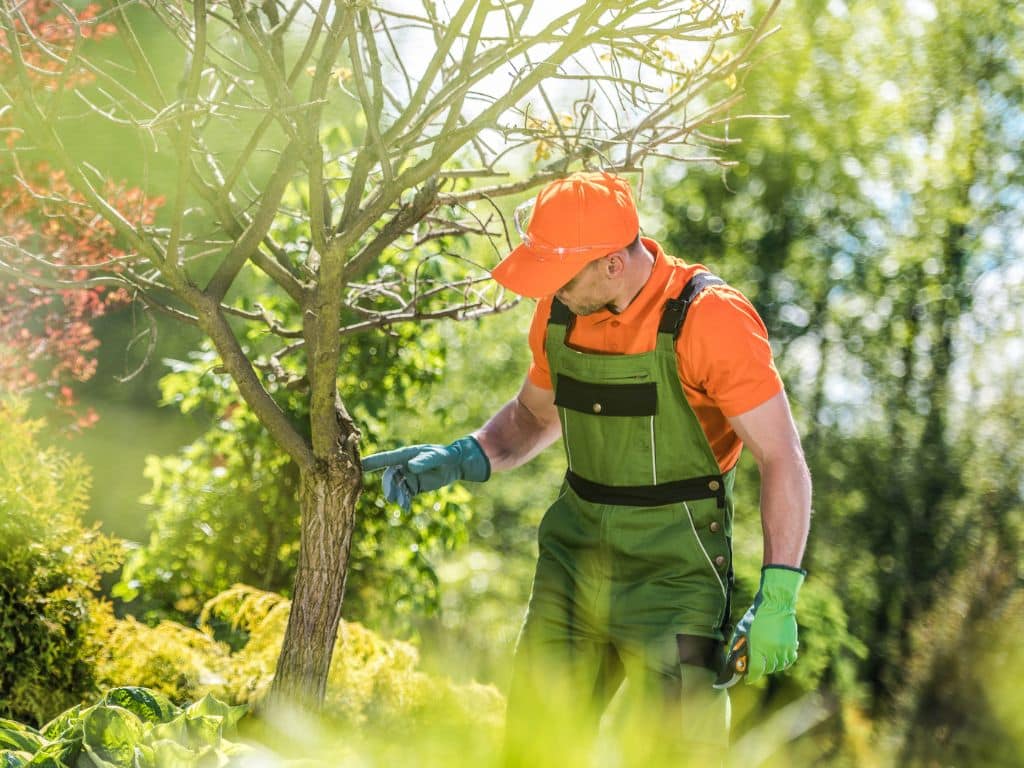
Hiring a professional tree care service can also save you time and effort. Tree trimming can be a dangerous and time-consuming task, especially if you are not trained or equipped to handle it. By hiring professionals, you can avoid the risks and physical strain involved in tree maintenance while ensuring the job is done correctly.
In Need of Tree Care?
If you need tree care services, the team at Christianson Tree Experts Co. is here to help. We offer a wide range of tree care services, including trimming, pruning, and removal. Our team of certified arborists has the knowledge and skills to properly care for your trees while keeping them healthy and beautiful.
Contact us today to schedule a consultation and ensure your trees receive the best possible care!

